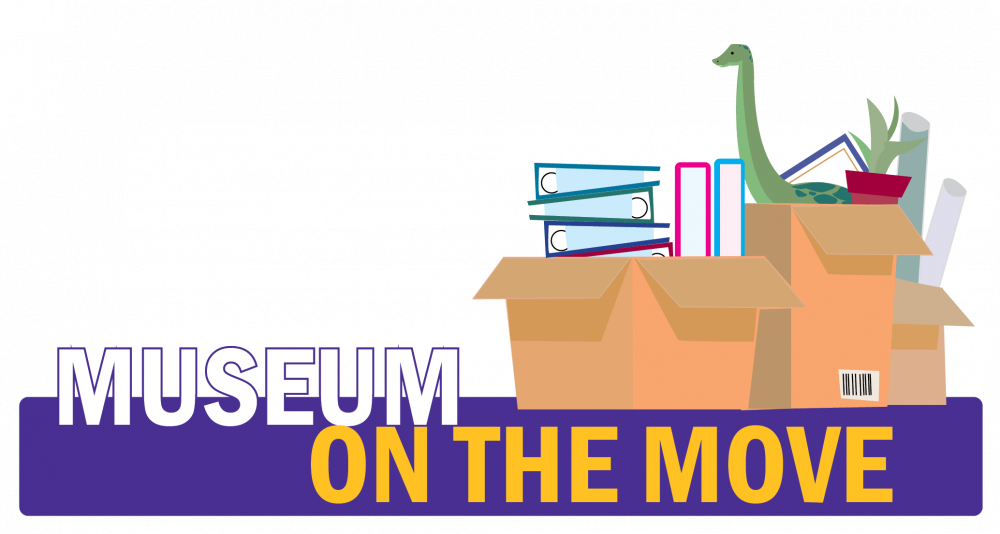NEW HOME FOR THE UW-STEVENS POINT MUSEUM OF NATURAL HISTORY
UW-Stevens Point is in the process of updating space for the Museum of Natural History. Our artifacts, beloved dioramas, and displays are in storage as we prepare the new permanent home in the Science Building’s first floor. The new space will allow visitor offerings such as live animals and additional interactives.

Please click graphic for more details on the ongoing museum move!
The Museum of Natural History is an integral educational entity within the University of Wisconsin-Stevens Point concerned with diversity and relationships in nature and among cultures. We provide an opportunity for greater public understanding and appreciation for the world in which we live through exhibitions, education, research, and public service.
Discover our Collection
From anthropology to parasitology, the UWSP campus museum collection is home to hundreds of thousands of specimens used in research, coursework and for scientific study.
Curator – Ray Reser
Anthropology
Our collections are mainly comprised of archaeological and ethnological artifacts from North America. The Museum also curates collections from Central and South America, Africa, Asia, and Oceania. Additional holdings include ethnological art collections and archival photographs and documents.
Curator – Stephanie Lyon
Botany
The collection is named for Dr. Robert Freckmann, Professor Emeritus of Biology, who taught vascular plant taxonomy and agrostology at UW-Stevens Point for 32 years. The herbarium also has an ongoing affiliation with the state native plant society, Botanical Club of Wisconsin.
Curator – Jamee Hubbard
Entomology
Our entomology collection contains more than 12,700 specimens across 16 insect orders and 213 insect families, as well as plants damaged by insects. This collection has specimens that date back to the 1920s and also boasts an impressive teaching collection that was largely collected by students.
Curator – Samantha Kaplan
Geology
Several thousand rock, mineral, and fossil specimens are contained within our geological collection.
For Research and Education
This professionally maintained academic resource includes outstanding research and teaching collections of preserved fish, reptiles, amphibians, birds, mammals, insects, plants, and fossils.
Curator – Pat Zellmer
Paleontology
The paleontology collection includes the largest holding of Paleocene fossils from the Almont Site, North Dakota, a significant collection of Green River (Eocene) fossils, a small Eocene collection from the Powers Clay Pit Site in Tennessee, and miscellaneous fossils from around the world. The main part of this collection spans time and evolution from 65 MYA to 35 MYA (million years ago)!
Curator – Sarah Orlofske
Parasitology
This is a regionally important collection of parasites and includes specimens from rare hosts such as the Greater Prairie Chicken, numerous shorebirds and birds of prey. The Stephen J. Taft Animal Parasitology Collection is home to about 22,000 specimens across the diversity of parasite groups. The collection includes parasite specimens of Trematoda (Flatworms), Cestoda (Tapeworms), Nematoda (Roundworms), and leeches, as well as protozoan parasites such as Avian Blood parasites.
Curator – Rebecca Koch
Vertebrate Collections
Our Olson Museum of Natural History vertebrate collection is extensive. The ichthyology collection is one of the two largest fish collections in the state, containing specimens from roughly 3,000 of the 30,000+ recognized fish species. We house 11,000 mammal specimens and more than 3,000 bird specimens, heavily utilized as teaching and research collections.